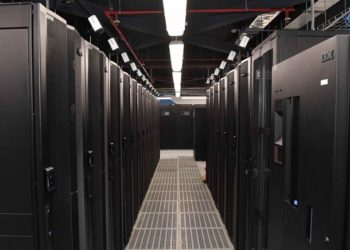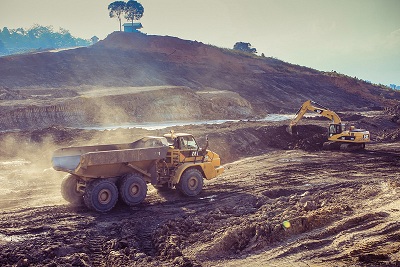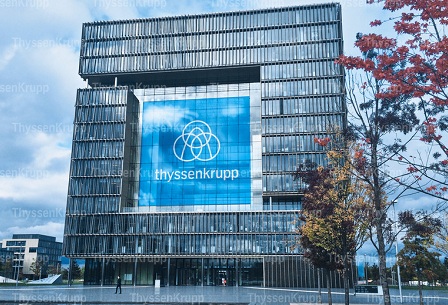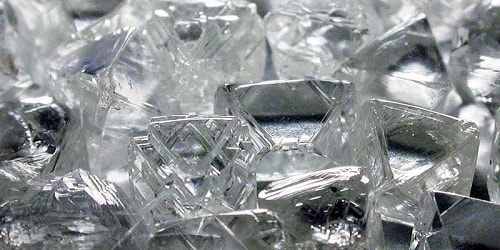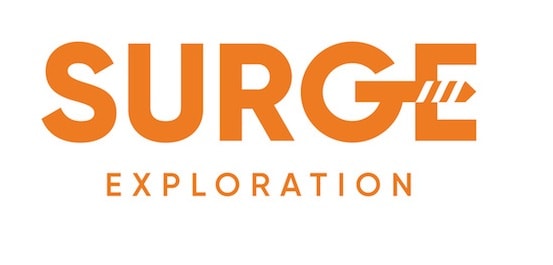Agnew Gold Mine is located 1,000km northeast of Perth in Western Australia. It is owned and operated by South African company Gold Fields. The gold is being extracted by underground mining at the Waroonga Underground Complex.
The Agnew gold deposit was first discovered in 1897. Initial mining activities were carried out by Waroonga Gold Mines until 1948.
The mining lease was acquired by Agnew Gold Mining Company (AGMC), a subsidiary of the Western Mining Company, in 1976.
Agnew gold mine development
AGMC developed the Waroonga pit until June 1990. The ownership of AGMC was transferred to Gold Fields in 2001. Underground operations at the mine were restarted by Gold Fields in 2002. The mine produced 165,200oz of gold in 2010. It employs about 140 permanent staff and 200 contractors.
The existing surface stockpile at Agnew was exhausted in 2010. Gold Fields launched the A$3m Songvang open pit project to extend the mine life and utilise the full capacity of the CIP plant. Production commenced from the project in June 2011. The project will provide supplementary mill feed till mid-2012.
Geology, gold and nickel reserves at Waroonga
Agnew is part of the Norseman – Wiluna Greenstone Belt which is highly mineralised with gold and nickel. The mine area largely contains tholeiitic and komatiitic volcanic rocks, and albitic sedimentary rocks. It features a series of distinct felsic volcanic centres. The structure of the mine is linear with north trending strike-slip faults.
The mine contains a mineral resource of four million ounce and mineral reserves of 1.2 million ounce. At the end of December 2010, the measured mineral resources were 4.5 million tons (mt) grading at 4.1g/t.
Indicated resources were 13.6mt grading at 5.2g/t and inferred resources were 7.4mt grading at 4.1g/t.
Mineralisation at the Agnew gold mine
Gold mineralisation occurs in quartz breccia lodes and quartz tensional veining. It is also associated with disseminated arsenopyrit, pyrite and biocide mineralisaton.
The gold mineralisation is mainly found in the Kim and Main ore bodies. Mineralisation in the Kim ore body occurs in the quartz breccia lodes which are 4m to 9m wide. Mineralisation at the Main ore body occurs in steeply north dipping axial planar structures.
Mining and processing at the Agnew gold mine, Waroonga
Ore is currently being mined from the Kim, Kim South, Rajah, Main and Main South ore bodies which are part of the Waroonga underground mining complex. The mining areas also include the Songvang North open pit. Access to the underground mine is through the Waroonga open pit which includes an access portal, emergency egress and ventilation drive.
Mining commenced at the Rajah ore body in late 2010 and is being carried out through open stoping method using 25m long stopes.
Mining at the Main ore body is divided into two zones – northern and southern. Ore from the northern zone is being extracted by transverse stoping and from the southern zone by open stoping.
The mined ore is processed at the 1.3mtpa carbon in pulp (CIP) plant. The CIP plant uses a three stage ore processing method which includes crushing, single stage grinding and six-stage CIP circuit.
The CIP is equipped with a leach reactor supplied by Gekko Systems. Sedgman is providing crushing and screening services for the mine.
Future developments at the Waroonga complex
The mineral reserves at the mine are expected to be depleted by 2017. To extend the life of the mine, Gold Fields is carrying out exploration activities.
Exploration activities conducted at the Main North and Kim South ore bodies by the end of 2010 confirmed the presence of gold mineralisation.
Drill testing at the Cinderella deposit has revealed the presence of mineralisation at a depth of 60m.
The Cinderella deposit is part of the Scotty Creek sediments located near the Waroonga mine.
Gold Fields plans to continue near mine exploration activities at the Waroonga complex to increase the reserve potential. Discovery of a new ore prospect is also part of Gold Fields’ strategy to replace production from Waroonga in the future. Focus will be on the Main and 450 South ore bodies which are part of the Waroonga complex.




